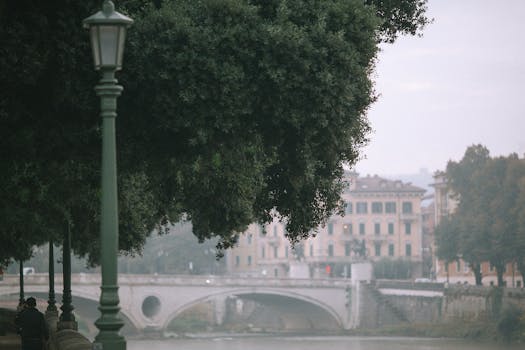
Urban Green Spaces: The Future of Outdoor Living in European Cities by 2025
Urban Green Spaces are the future of outdoor living in European cities by 2025. As the world becomes increasingly urbanized, the need for green spaces in cities is becoming more and more important. Urban green spaces are areas of vegetation, such as parks, gardens, and green roofs, that provide numerous benefits to both the environment and the people living in urban areas.
Benefits of Urban Green Spaces
Urban green spaces have numerous benefits, including improving air quality, reducing noise pollution, and providing habitats for wildlife. They also have a positive impact on mental health, reducing stress and anxiety, and improving overall well-being. In addition, urban green spaces can help to mitigate the urban heat island effect, which can reduce the temperature in cities and make them more livable.
Current State of Urban Green Spaces in European Cities
Currently, many European cities are investing in urban green spaces, recognizing their importance for the health and well-being of their citizens. Cities such as Copenhagen, Stockholm, and Amsterdam are leading the way, with green roofs, parks, and gardens being integrated into their urban planning. However, there is still much work to be done, and many cities are facing challenges such as lack of space, funding, and public awareness.
The Future of Urban Green Spaces in European Cities
By 2025, urban green spaces are expected to play an even more important role in European cities. With the increasing awareness of the importance of sustainability and the need to combat climate change, cities will be looking for ways to reduce their carbon footprint and improve the quality of life for their citizens. Urban green spaces will be a key part of this, providing areas for recreation, relaxation, and community engagement. New technologies, such as green roofs and vertical gardens, will become more prevalent, and cities will be incorporating more green spaces into their urban planning.
Challenges and Opportunities
While there are many benefits to urban green spaces, there are also challenges that need to be addressed. One of the main challenges is funding, as creating and maintaining urban green spaces can be expensive. Additionally, there may be concerns about the use of green spaces, such as ensuring they are accessible and safe for all members of the community. However, these challenges also present opportunities for innovation and creativity, such as using new technologies and materials to create sustainable and maintainable green spaces.
Conclusion
In conclusion, urban green spaces are the future of outdoor living in European cities by 2025. They provide numerous benefits to both the environment and the people living in urban areas, and will play an important role in creating sustainable and livable cities. While there are challenges that need to be addressed, the opportunities for innovation and creativity are vast, and it will be exciting to see how urban green spaces develop and evolve in the coming years.


